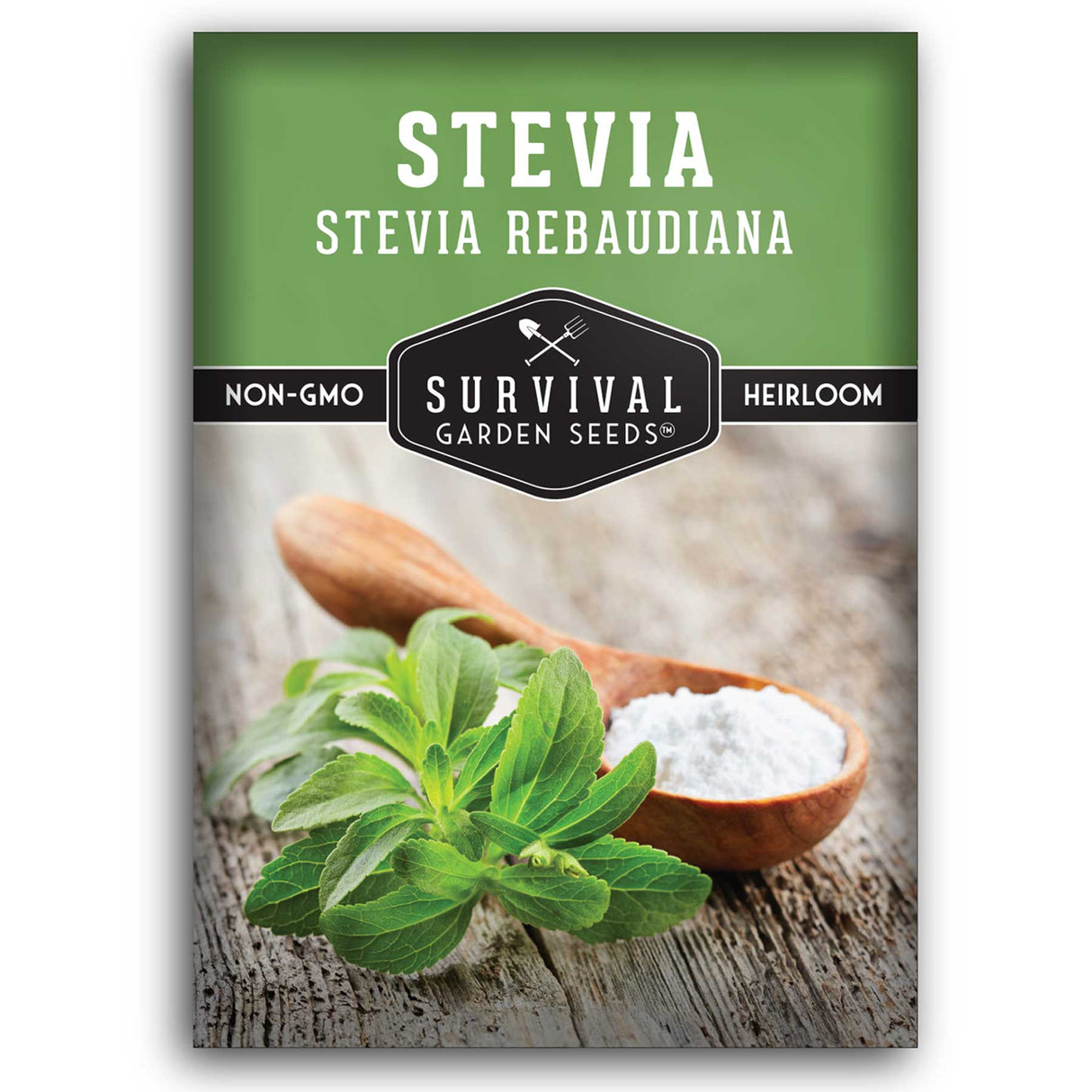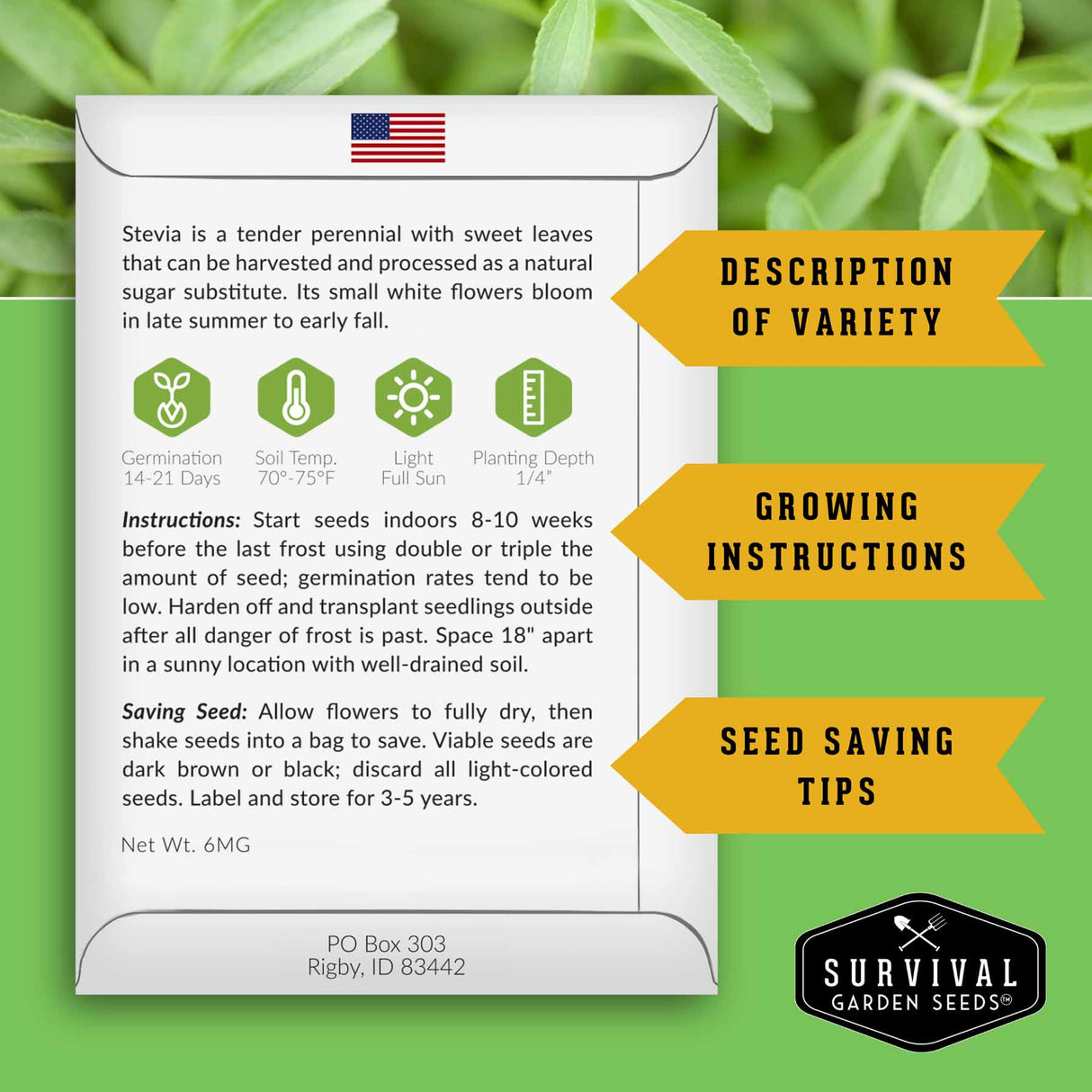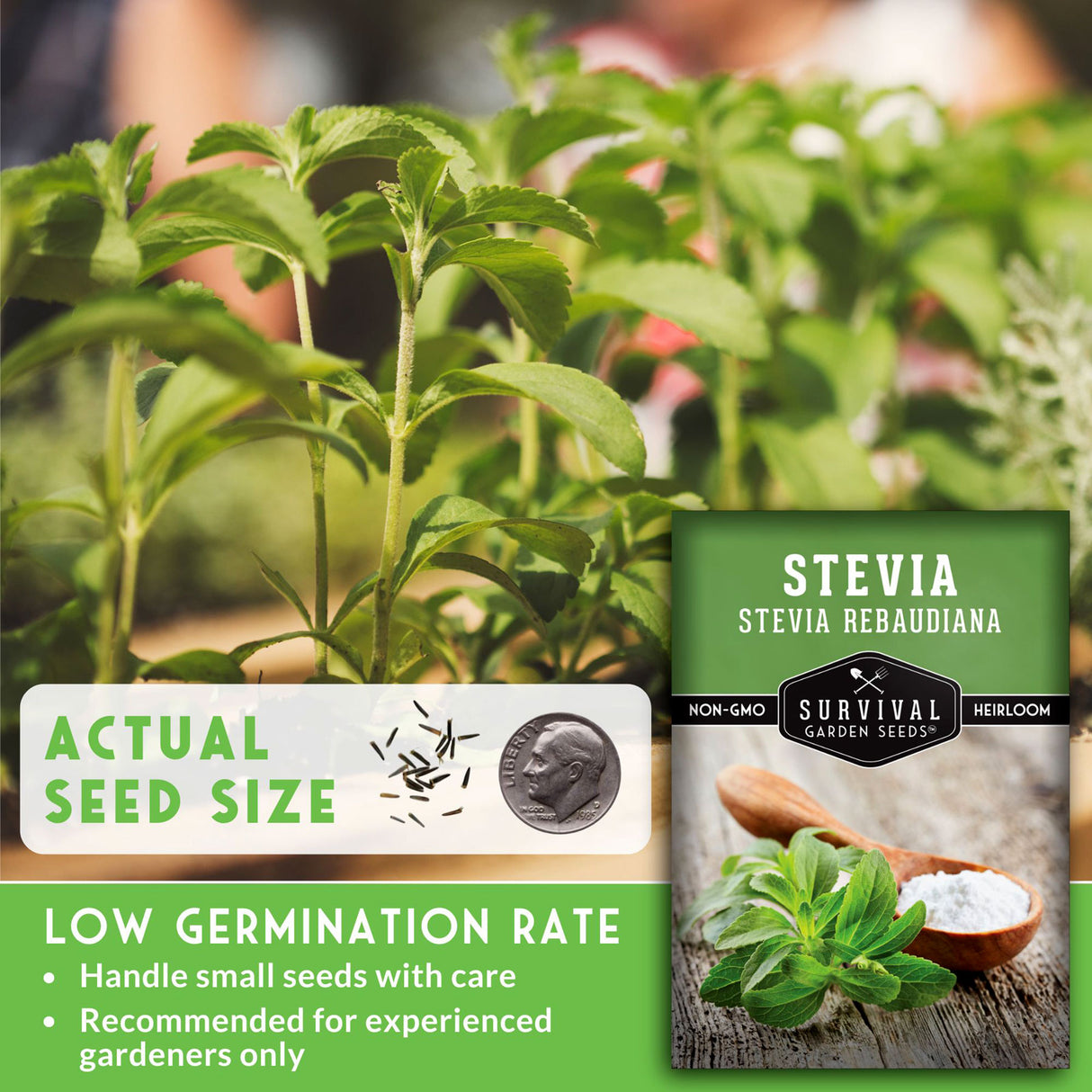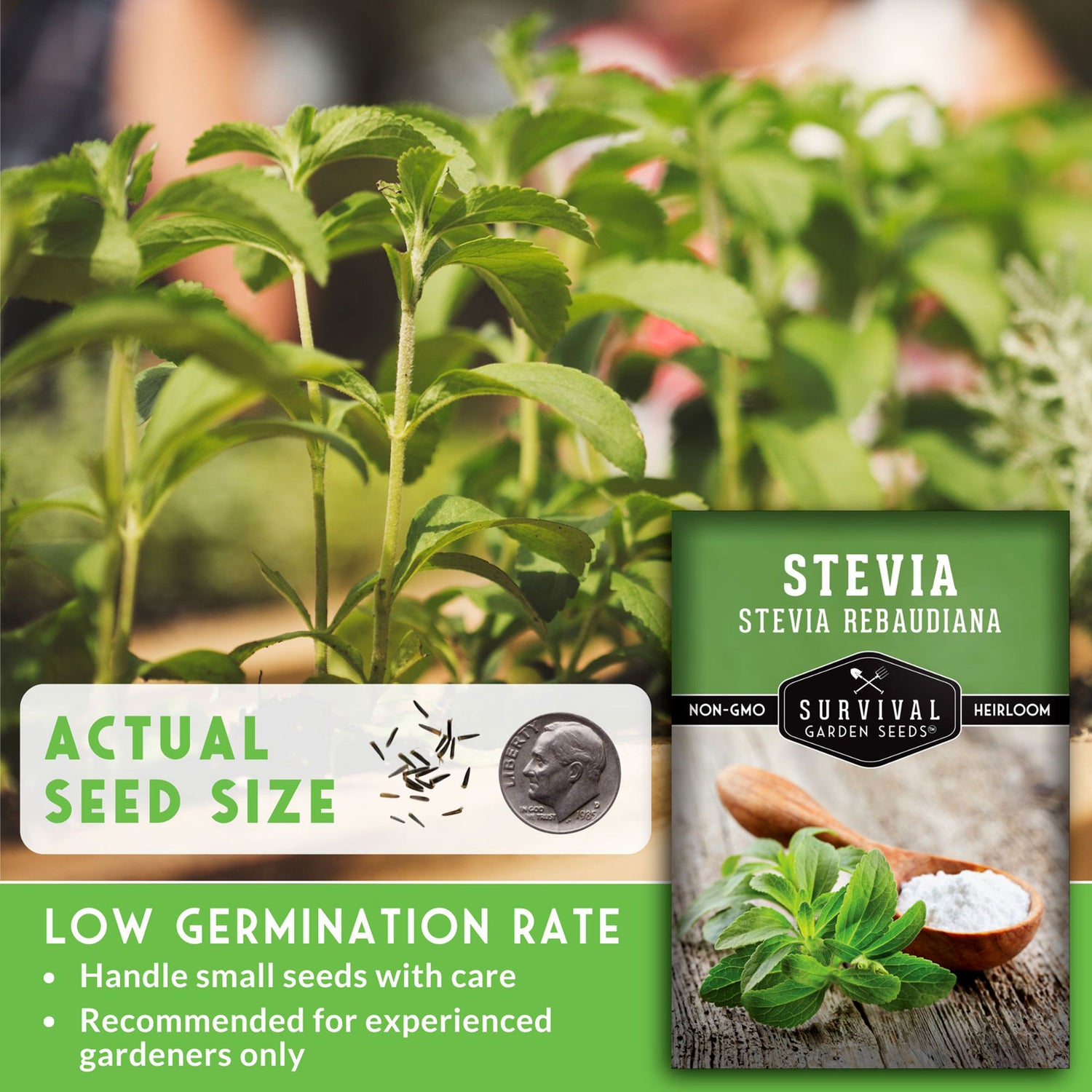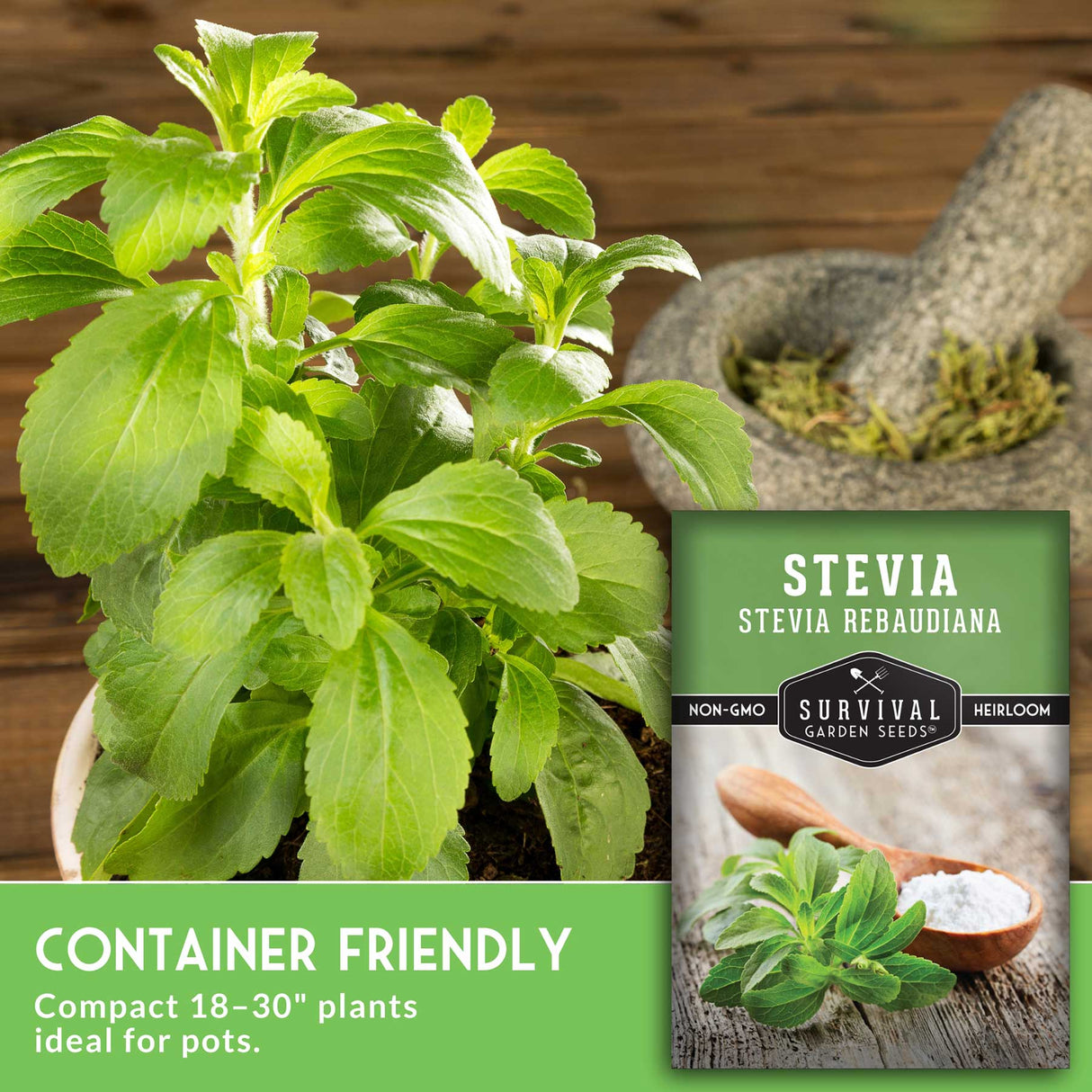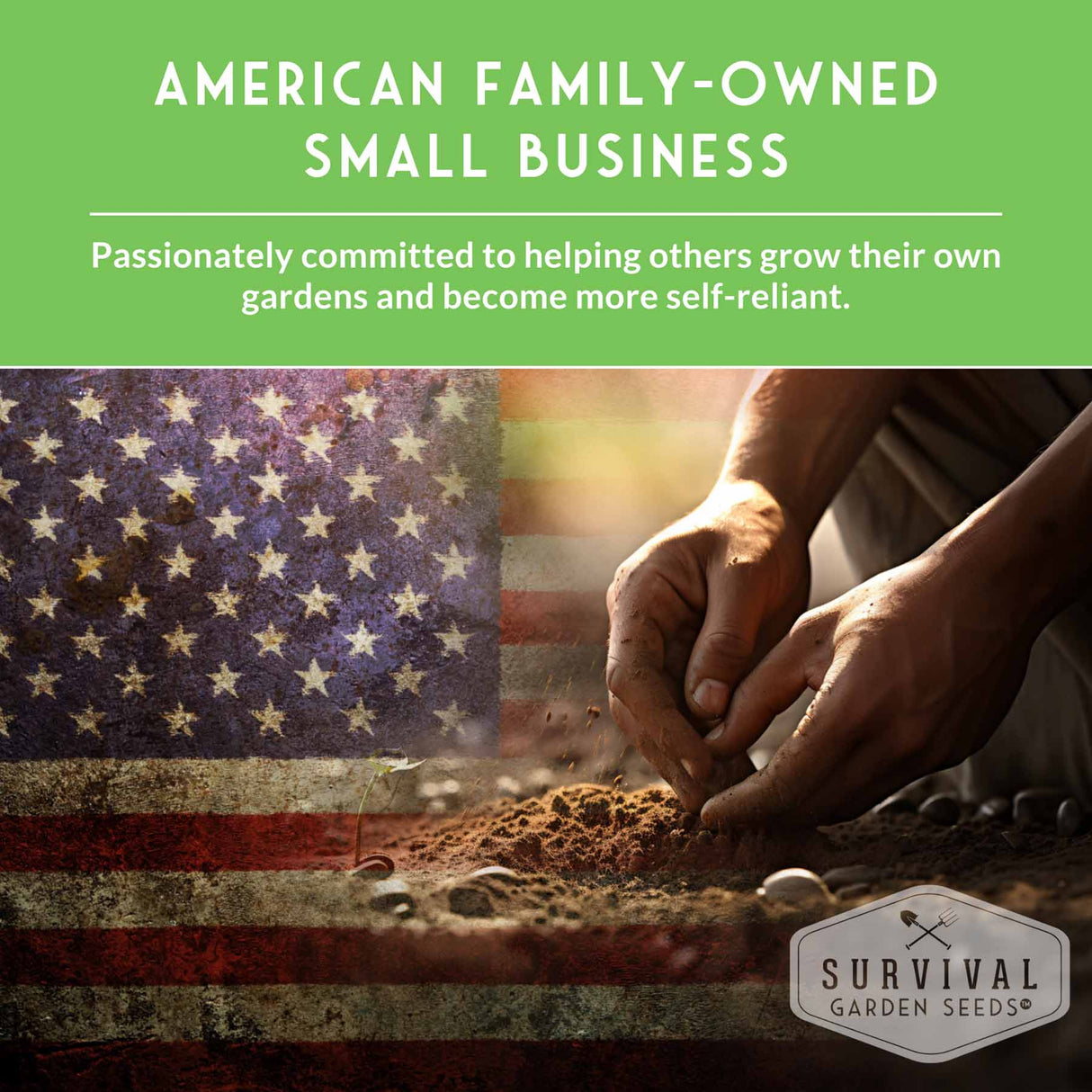Stevia Seeds - Sweetleaf
Heirloom - Non-GMO - Reliable Germination
Stevia Seeds - Sweetleaf is backordered and will ship as soon as it is back in stock.
Couldn't load pickup availability
Stevia (Stevia rebaudiana) has been used for centuries by the indigenous Guarani people of Paraguay and Brazil who called it "ka’a he’ê" or "sweet herb." This tender perennial is well-known as a powerful sweetening agent with leaves that are about 300 times sweeter than sugar. Stevia also has traditional uses as a medicinal tea and herbal medicine, supporting digestion and fighting inflammation. This small, herbaceous plant is a wonderful addition to any home garden, offering unique flavor and a natural sweetener for your culinary explorations.
- Challenging But Rewarding - Only recommended for experienced growers. Stevia, or Stevia Rebaudiana, is grown for sweet leaves. A tender perennial in warmer climates (Zone 8-11), this herb must be protected from frost. For this reason, it is typically grown as an annual or even indoors with supplementary light and heat in Zones 7 and cooler. The compact plant reaches about 18-30 inches; ideal for containers or an in-ground food plot.
- Low Germination Rates - Stevia's natural germination rate is low, around 10 to 40%. Sow indoors 8-10 weeks before the last frost at 75° F. Barely cover seeds; light aids germination. Germinates in 7-14 days under optimal conditions. Each pack contains approximately 20-24 tiny seeds; handle with care. Once established, Stevia is easy to grow, low maintenance, heat-tolerant, and able to thrive in poor soil. Propagate more plants with cuttings.
- Healthy & Sweet - A low-carb, all-natural alternative to artificial sweeteners and sugar, sweetleaf can be used fresh, freeze-dried, dried, or made into an extract. A little goes a long way: 3-4 teaspoons of finely ground green powder can replace a cup of cane sugar, depending on personal preferences and sweetness. For optimal sweetness and minimal aftertaste, harvest leaves before the plant blooms and pinch off flower buds to prevent leaves from developing a bitter flavor.
Net wt. 6mg
Heirloom Herb Seeds
All of our seeds are open-pollinated, non-GMO, heirloom varieties with tested germination rates
Specifications
Specifications
-
Botanical Name
-
Seasonality
-
Planting Zones
-
Light
-
Soil Temp for Germination
-
Germination Time
-
Planting Depth
-
Plant Size
-
Days to Bloom or Harvest
-
Growing Instructions
-
Seed Saving Instructions
-
Seed Count (approximate)
Payment & Security
Your payment information is processed securely. We do not store credit card details nor have access to your credit card information.
Why Choose Survival Garden Seeds
At Survival Garden Seeds, we believe in preparing today for tomorrow’s peace of mind. That’s why we offer only heirloom, non-GMO, and untreated seeds you can trust to nourish your family and support a sustainable lifestyle. As a family-owned American company, we’re committed to providing seeds that grow strong and true—helping you cultivate health, resilience, and beauty in your garden.
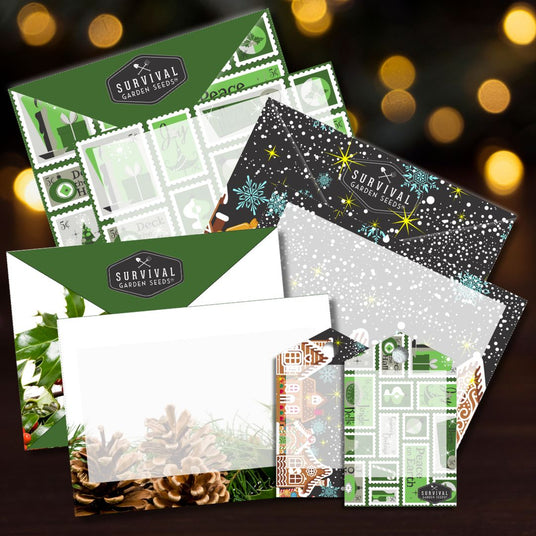
Print Your Own Gift Tags & Envelopes
Spruce up your seed gift with free downloadable print-your-own gift tags & envelopes.
Frequently Asked Questions
What are heirloom seeds?
What are heirloom seeds?
Heirloom seeds are the types of seeds your grandparents grew. These varieties have been passed down from generation to generation. They’re old reliable open-pollinated varieties that aren’t typically grown commercially. Instead, they have a rich history that predates modern breeding techniques.
You can learn more about open-pollinated, heirloom, and non-GMO seeds in our Survival Garden Training blog.
How do I know my seeds are fresh?
How do I know my seeds are fresh?
Every seed packet includes a "packed for" date, and we germination test each seed lot before packaging to ensure you receive viable, high-quality seeds that are ready to grow.
Are your seeds treated?
Are your seeds treated?
No, we do not pre-treat our farmer seeds. All of our garden seeds for sale are untreated, open-pollinated, non-GMO, and heirloom varieties. They are kept in temperature-controlled cooler storage until they are packed and shipped to keep them pest and disease-free.
In what zones can I grow your seeds?
In what zones can I grow your seeds?
The seeds in our collections are specifically chosen from varieties that can be successfully grown from Zone 3 to Zone 10 USDA Hardiness Zones. However, individual varieties have specific needs to thrive in different environments. Each seed pack has optimal temperatures for germination and instructions on seed starting. Consult local frost dates to plan your garden and get the most out of your seeds.
What is the shelf life of these gardening seeds?
What is the shelf life of these gardening seeds?
Most seeds remain viable for 3 to 5 years or longer when stored properly. Check your seed packet for specific varieties. For best results, keep your seeds in a cool, dry place away from direct sunlight and moisture. Store them in an airtight container in a consistent temperature environment—a refrigerator or cool basement works well. Proper storage helps maintain germination rates and extends seed life well beyond the packed date.
Where are Survival Garden Seeds sourced?
Where are Survival Garden Seeds sourced?
The majority of our seeds are sourced in the United States, with a few exceptions when the seed is difficult to source domestically. Whenever we do have to source outside of the US, we ensure our seeds are safe to grow, non-GMO varieties that meet our standards for germination and reliability.

